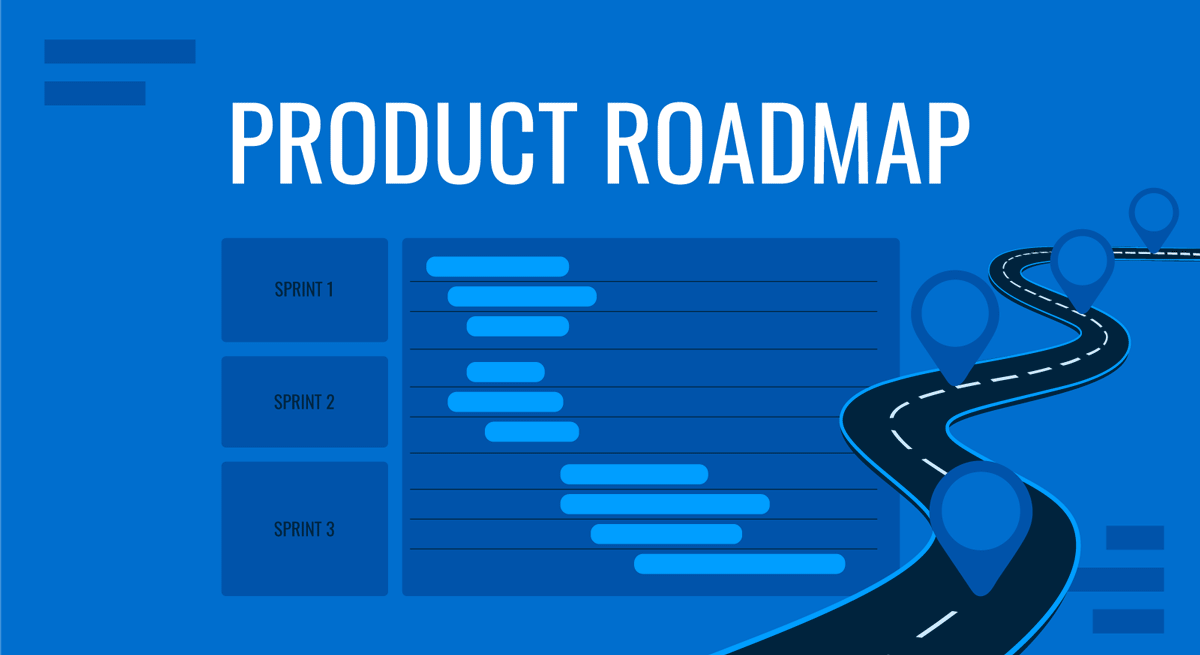In today’s fast-paced, innovation-driven market, building successful products requires strategic planning, clear communication, and seamless collaboration. A product roadmap platform is a vital tool that helps product managers, developers, and stakeholders stay aligned as they bring ideas to life. It provides a structured way to visualize goals, prioritize features, track progress, and make informed decisions throughout the product lifecycle. More than just a planning tool, a product roadmap platform serves as a central hub for defining vision, setting strategy, and executing plans.
Understanding the Role of a Product Roadmap Platform
The primary purpose of a product roadmap tool is for the teams to design and share a product movement plan in the life of the product. Product roadmapping, which in this case, the platform visualizes the main projects, feature rollouts, and the goals of the strategy, is a platform that can transform the high-level objectives into buy-in actions to the teams. It usually consists of timelines, priority rankings, release phases, and progress indicators, all of which are organized on an interactive, easy-to-use interface.
While spreadsheets and whiteboards may work for small teams or simple projects, a dedicated product roadmap platform offers greater flexibility, scalability, and transparency. It brings clarity to the complex, cross-functional work involved in product development and enables everyone involved to stay on the same page.
Who Uses a Product Roadmap Platform?
A variety of job professionals have come to regard product roadmap platforms as their work mentors. The majority of the users are Product Managers because they are the ones who create the product strategy and ensure that the development team is on the same page with the company vision. The platform is utilized by them to set the priorities first, determine the features and monitor delivery milestones.
Engineering teams, too, need the roadmap to learn what needs to be constructed and when. They use it to synchronize sprints, distribute resources, and oversee technical dependencies. Additionally, marketing teams reference the product roadmap platform to plan campaigns around upcoming product launches, and sales teams use it to set customer expectations and prepare for new offerings.
The use of a roadmap also gives visibility to executives and stakeholders. They, instead of getting scattered updates, can apply the product roadmap platform, see live progress, observe timelines, and ascertain if everything is in agreement with the broad company vision. This becomes possible through the roadmap being made accessible to everyone, so it turns into a strategic communication tool throughout the organization.
The Role of a Product Roadmap Platform in Accelerating Development
One of the biggest merits of a product roadmap platform is that it has the power to speed up the development process. It eliminates the overlapping of goals, timelines, and priorities by placing them in one single-channel which the platform operates on. Therefore, it decreases confusion and promotes accountability. Each person knows the current task status, why it is important, and how it contributes to the final result.
Amendments are thus possible as a result of changing market demands, customer feedback, or internal strategies. A product roadmap platform allows for the adjustment of plans without disrupting the existing workflow. Teams can alter priorities as they happen, communicate those changes immediately, and operate with confidence. This pliability guarantees that the roadmap is a current document that responds to the ever-changing product development.
Another benefit of the platform that some developers are looking for is the support for planning features. The product roadmap platforms come with embedded tools for user feedback, scoring features based on impact and effort, and aligning with upcoming customer needs. These functionalities allow product managers to choose the next program to build based on data.
Moreover, the visualization features of a product roadmap platform enable the teams to be more focused and motivated. The platform takes large initiatives and splits them into manageable sections and visual milestones, thus fostering a collective sense of achievement and progress. The straightforwardness boosts team collaboration and ensures the strength of momentum throughout the product lifecycle.
Importance in the Context of Modern Product Development
In the milieu of speedier product cycles and seesawing consumer demands, the art of preparing, changing, and communicating is necessary. A product roadmap platform becomes the weapon for companies to address promptly the unpredictability, to put interdepartmental teams in one line, and to provide value continually.
Whether it is a startup or an enterprise company, the platform creates the difference in the market through the fact that the development is strategy-driven and not just a response to an urgent situation. It is a connector of the long-term vision with the everyday execution, which makes it easier to measure progress, get results, and fuel innovation.
Final Thoughts
A product roadmap platform is more than just a visual timeline-it is a tactical tool that helps organizations to plan smarter, collaborate better, and thus, deliver faster. Supported by clear communication, agile planning, and data-informed decision-making, a product roadmap platform ensures that all team members are aiming at the same target. In today’s complex digital environment, such alignment is not just an extra hand, but a must.

